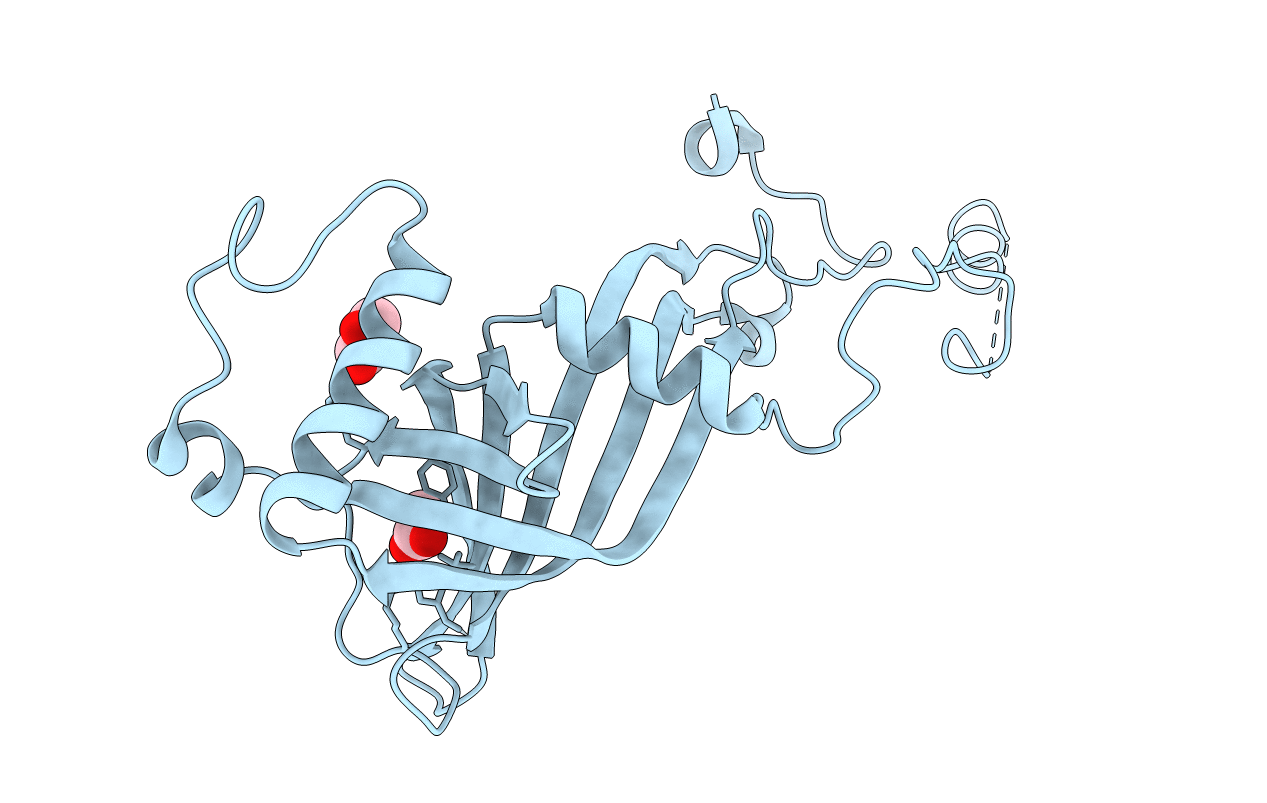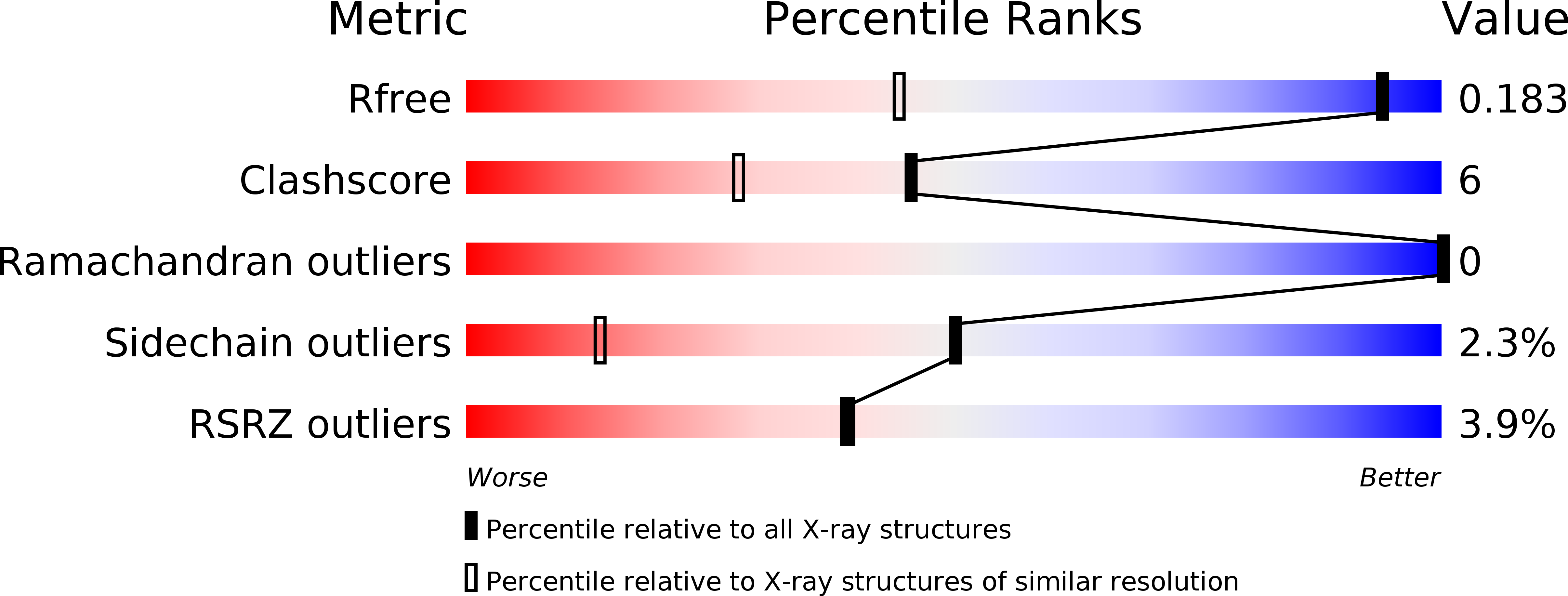
Deposition Date
2008-02-27
Release Date
2008-08-19
Last Version Date
2023-12-13
Entry Detail
PDB ID:
2VPA
Keywords:
Title:
High resolution crystal structure of the antibiotic resistance protein NimA from Deinococcus radiodurans
Biological Source:
Source Organism:
DEINOCOCCUS RADIODURANS (Taxon ID: 1299)
Host Organism:
Method Details:
Experimental Method:
Resolution:
1.20 Å
R-Value Free:
0.18
R-Value Work:
0.14
R-Value Observed:
0.14
Space Group:
C 1 2 1


